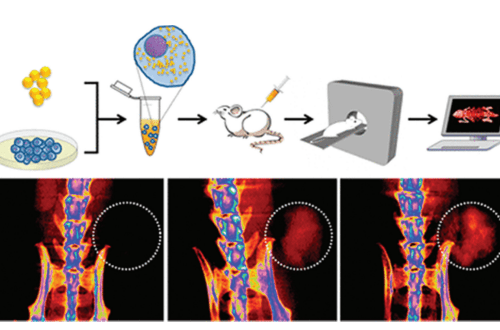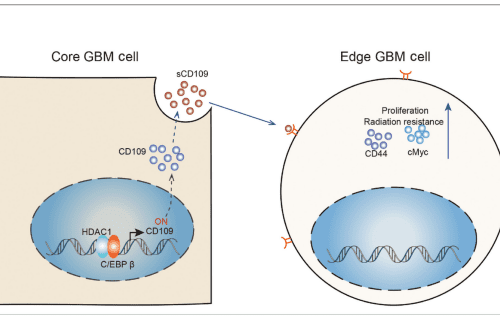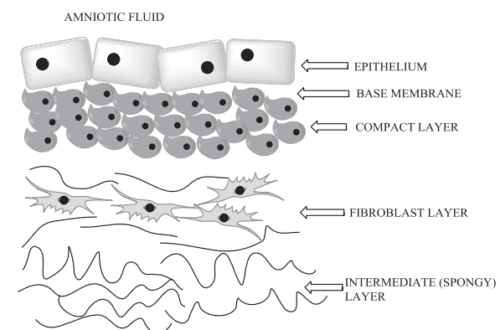
BIO Integration, Volume 1, Issue Number 3, Publishes
The issue includes an original research article, two review articles and an opinion article offering insights into different areas of life science in both China and internationally.
Featured papers in this issue:
The first featured article in this issue is an opinion article entitled “New Roles for Clinicians in the Age of Artificial Intelligence” by authors Fengyi Zeng, Xiaowen Liang and Zhiyi Chen. Artificial intelligence (AI) has been widely applied in the medical field. Barely a day goes by without a claim that AI techniques are poised to replace most of today’s professionals. The integration of AI in medicine has necessitated the exploration of new roles for clinicians in the age of AI.
The second featured article in this issue is a review article entitled ”Artificial Intelligence (AI)-aided Disease Prediction” by Chenxi Liu, Dian Jiao and Zhe Liu. Artificial intelligence (AI) used in clinical medicine is witnessing increasing innovations in the fields of AI-aided image analysis, AI-aided lesion determination and AI-assisted healthcare management. This review article focuses on the emerging applications of AI-related medicine and AI-assisted visualized medicine, including novel diagnostic approaches, metadata analytical methods, and versatile AI-aided treatment applications in preclinical and clinical uses, and also looks at future perspectives of AI-aided disease prediction.
The third featured article in this issue is a review article entitled “A Survey on Artificial Intelligence in Chest Imaging of COVID-19” by Yun Chen, Gongfa Jiang, Yue Li, Yutao Tang, Yanfang Xu, Siqi Ding, Yanqi Xin and Yao Lu. Chest imaging techniques including computed tomography and X-ray scans are indispensable tools in COVID-19 diagnosis and its management. The strong infectiousness of this disease brings a huge burden for radiologists. In order to overcome the difficulty and improve accuracy of the diagnosis, artificial intelligence (AI)-based imaging analysis methods are explored. This survey focuses on the development of chest imaging analysis methods based on AI for COVID-19 in the past few months. Imaging analysis methods of two typical viral pneumonias are reviewed, which can provide a reference for studying the disease on chest images.
Other articles published in the issue include:
Editorial
An Integrated Approach to Ultrasound Imaging in Medicine and Biology
Pingtong Huang
Original Article
Scale-aware Auto-context-guided Fetal US Segmentation with Structured Random Forests
Xin Yang, Haoming Li, Li Liu and Dong Ni
News and Views
BIOI Virtual Academic Series PART 2: Frontiers and Multidisciplinarity in Nanomedicine
Phei Er Saw




